

Motivated by the characterization of Kalamata as “the city of dance”, the specific project aims to support and fulfill the existing infrastructure concerning the art of dance, such as the Dance Hall and the Amphitheatre of Kalamata’s Castle. An axis connecting the sites where dance performances take place is created, ending in the selected plot so as to transform it to a dance park.
The dance park consists of a professional dance school, housing addressed to dance students and professional dancers taking part in performances ( kalamata dance festival e.t.c), a library and a physiotherapy center. The concept roots in the necessity to use particular areas by the park’s residents, the dancers, all day long when all the other functions work no more, and are no more open to public use. It is about “junction-spaces”, creating simultaneously the transition between spaces and being accessed through student residences. These junctions composed of a ballroom (independent from those who are used during the day for teaching), an internal swimming pool and the library. The basic theme of the park is the process of teaching, as is the prerequisite for the production of the other functions too. The ballrooms where courses are conducted are vertically divided formatting a glass volume, visible from outside of the park boundaries.
To sum up, the body itself, the motion, the daily program of dance students and their needs where stimulations impacting on the entire way to design.
Supervisors: Kotionis Zissis, Paniyiris Costis
Reference Number: 386
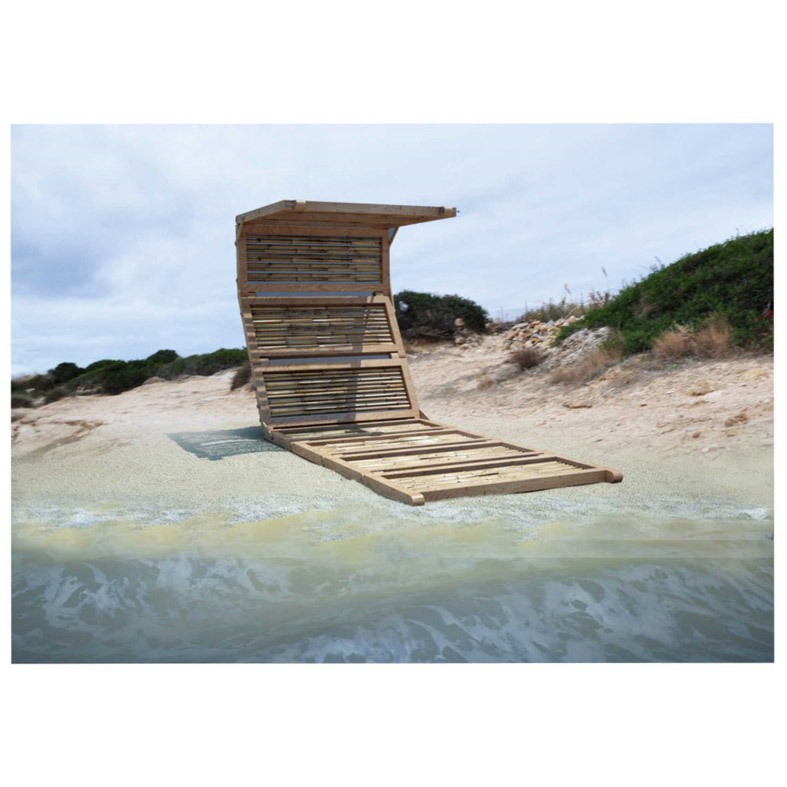

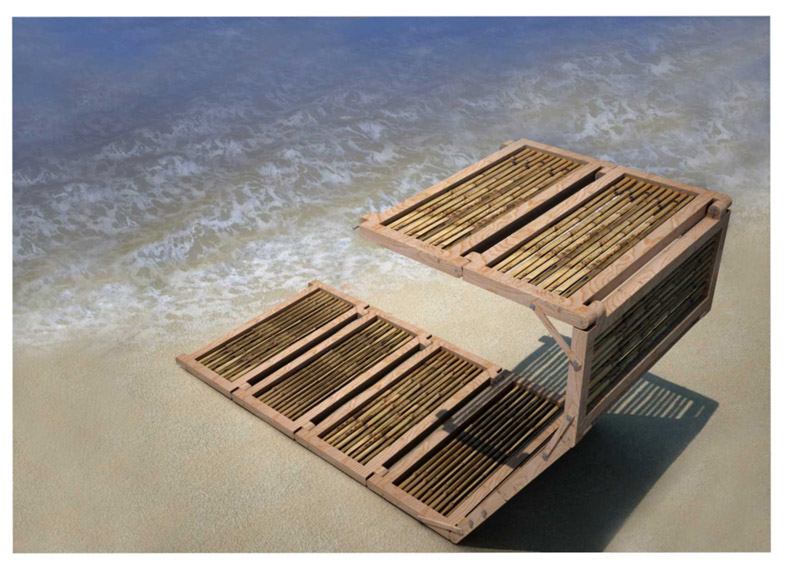

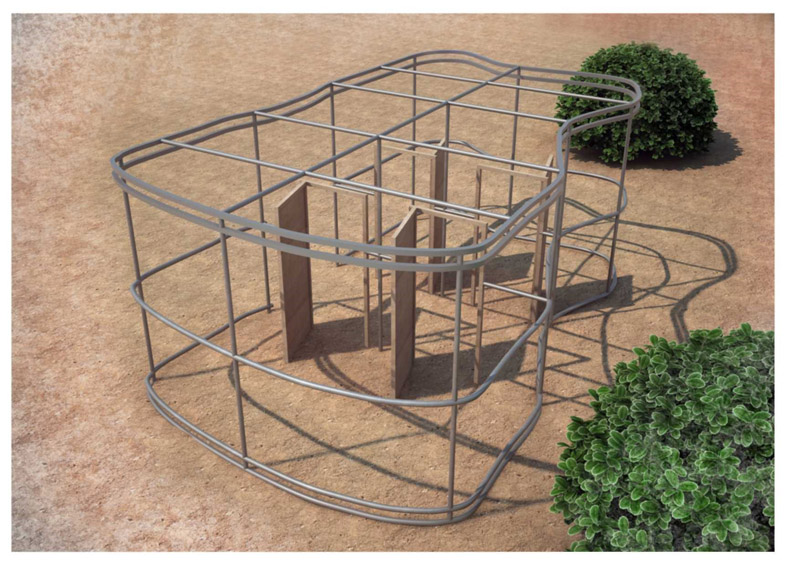

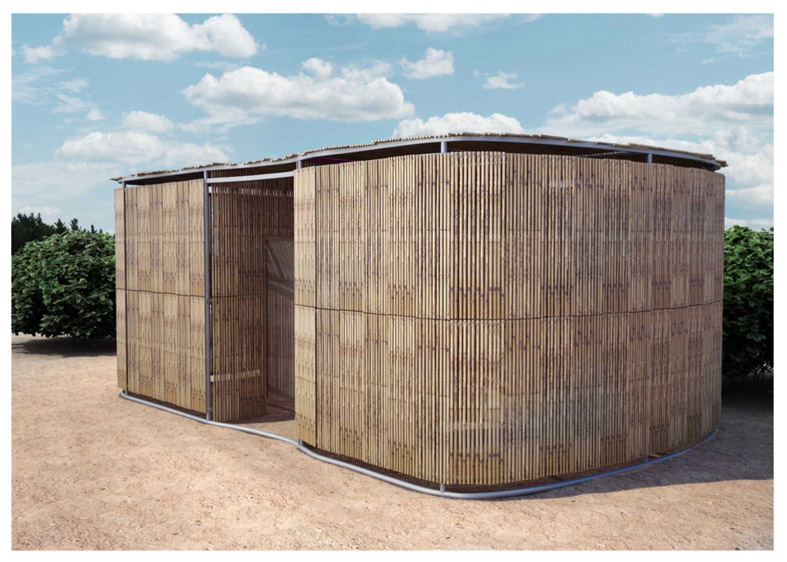

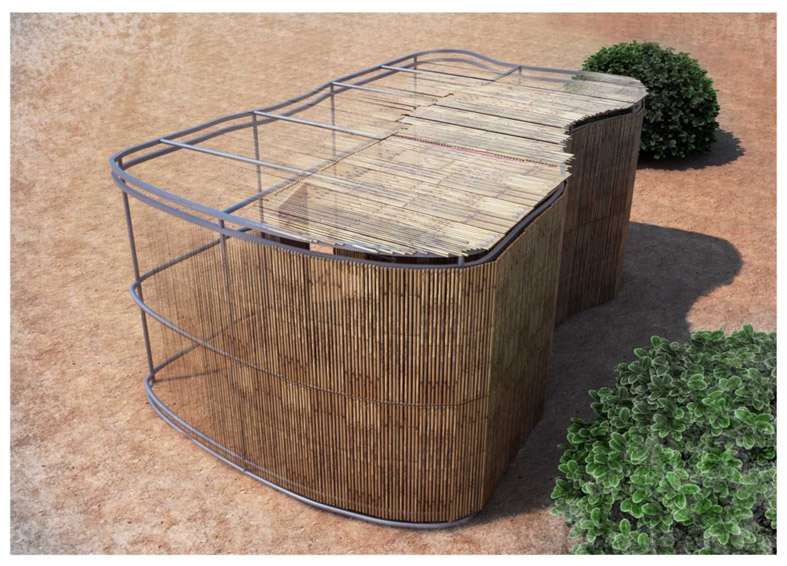

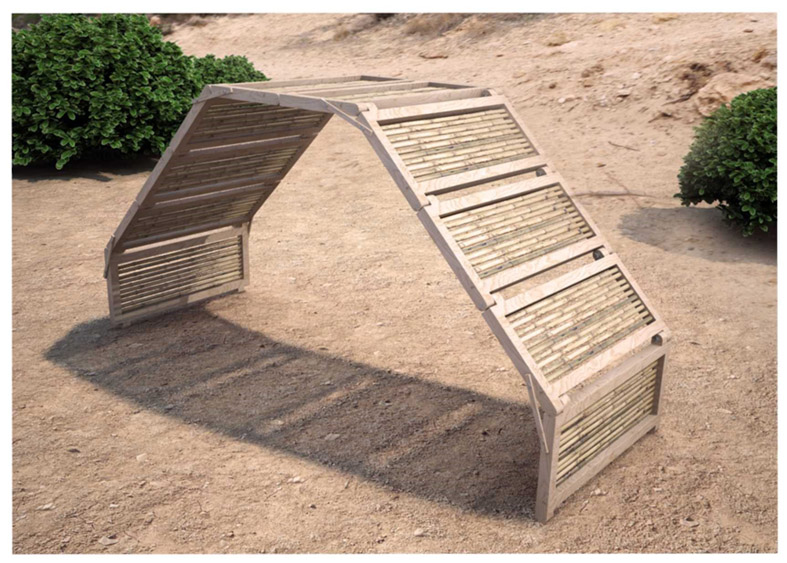

The aim of this thesis is the deposition of hospitality structures at Koufonisi, so as to create the conditions to <
Supervisor: Kotionis Zissis
Reference Number: 422




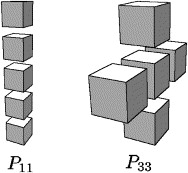

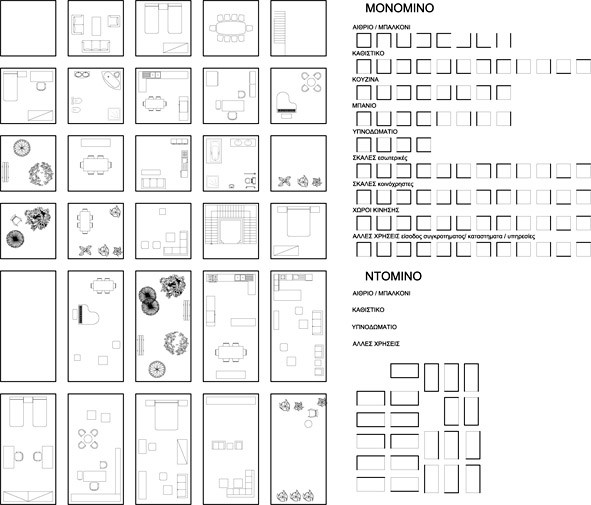

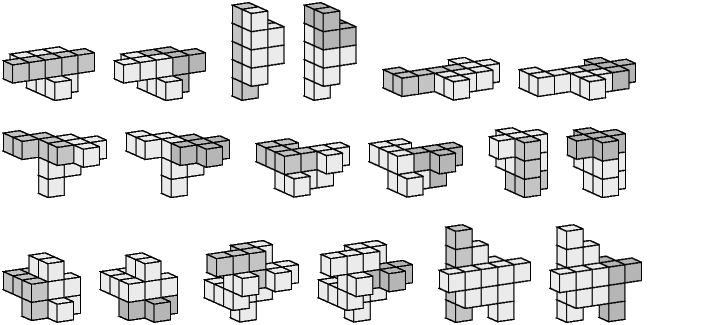



The current thesis project considers the city as a system and its’ functioning conditions as a living organism. It is a system which is born, develops itself and finally dies just like any other living being. Every part depends on the whole and vice versa. The buildings of a city are also a part of a bigger ‘whole’ and cannot be analyzed as a special unit. Each unit composes the urban map. Thus, the unit/cell is clearly connected to the city and the inner spaces that consist it can be seen as a reflection of the outer public spaces. These two dissenting spaces complete one another by creating a new autogenous urban system.
The cell multiplies itself and covers up space just like mosaic, like a collection of squares that tiles a surface. Polyonimoes do constitute such a collection of squares.
The current research has started its experiments using the three polyomimoes of Roger Penrose – the dodecomino, the eikodiomino and the triantatetromino – unfolding them in all three dimensions . The polyomino that was selected for further analysis is the dodecomino. The shape of this particular dodecacube offers at least one free side in all twelve cubes that constist it, no matter how we place it in three dimensional space. Therefore, there is always an open surface in order to properly lighten and ventilate the individual units of space that will occur.
Different combinatios of the policubes arise using the norms of copy, mirror and rotate.
All the above result in a model that fits into a wider territory, regardless of local and geographical conditions. On account of the numerous combinations that occur, we can have multiform and complex formulations of public and private spaces.
Supervisor: Kotionis Zissis
Reference Number: 421
In a possible future, where mass nuclear reactions have brought the radiation levels of the planet to dangerous levels, people seek refuge to a quarantine beneath the earth’s surface. A new city under the city that is inhabited whenever there is an immediate need and whenever the conditions on the surface are not safe for the human health. This new city will compose a system of isolation from the rest of the world and it will provide its citizens the essentials for their survival until the surface becomes again habitable. In this new reality of pollution, the earth’s surface is transformed into a hostile environment for the human, who in order to protect himself must hide under the ground. There, in a closed and checked environment, the society evolves in order to suit the new laws for survival.
The shelter in the area of Lycabetus constitutes an example for underground shelters that are found inside mountainous forms. These become viable having applied techniques and methods of underground mining, as those of underground marble quarries of Penteli, offering not only multiform spaces, but also protection. The location of the shelter allows for easy access from all the central regions of the city, providing protection and accommodation to about 40.000 residents. Initially designed as a nuclear shelter due to the recent events of radiation pollution in Japan, the shelter can also be used as a protection from other dangers, some of them being biological or chemical pollution, or even in the event of floods.
Supervisor: Paniyiris Costis
Reference Number: 369


The project touches upon the 6 block-area contained within the boundaries of the streets Stadiou, Pesmazoglou, Sofokleοs, Peiraios, Epikourou, Euripidou and Dragatsaniou. An area hovering between the different character of the centralities that emerge on both sides of the centre of Athens, indicating that the city centre has reached an halt in its evolutionary process.
The constant expansion of the urban supplement combined with the abandonment of traditional uses that were being supported within, rendered our work as a research concerning the re-acquisition of the urban void. In the process, the dialogue between the vacant building mass and the notion of the inert urban porosity emerged as a primary concern.
To activate the porosity, it became essential to redefine the conceptual typologies. The design worked in a regulatory way, assisting the urban factors of evolution, turning the vacant building mass in hubs where the intercalary physical representation of the person arises, offering the space, the public treaty.
Supervisor: Oreopoulos Philippos
Reference Number: 407


The Education and Culture are interrelated concepts. Thus, a university, by its nature contains both elements. The very presence and function of a university is the source of culture and at the same time its diffusion mechanism. The student and wider university community are an integral part of society in Volos and as such, has become a part of the social and cultural processes of the city. The University should urge and encourage students to not only attend cultural events in the city, but to participate in them actively.
The building which we propose in the context of our thesis, aims to be a major output shaft of culture both within the university community and the broader social context of the city of Volos.
Our main goal is to create an "interactive" structured environment, one where the university urban tissue will meet the city as a place where the city itself with the various kinds of "manifestations" will enter the university community through the 'gate "that will define this new cultural space. So the clearly demarcated university section will no longer be a cut, enclosed, urban space, but it will communicate and allow the integration of the activities of every civil and social group.
This seamless connectivity between the university and the town is achieved synthetic, by designing a building that obeys the rules of ¨liquidity ¨. Dynamic lanes of built space unfold which intensify the rotation of soil and building (the ground becomes the soil) by removing the strict confines of the city and forming a sense of "continuity" and interpenetration. Alongside the strong territorial flare and the brutality of form make the building a landmark for the area creating a benchmark for the culture and the city of Volos.
The facilities of the building will include spaces which will be available for conferences, seminars, lectures, workshops, exhibitions and cultural events, and will have qualified and experienced technical staff to support the events.
Concluding the Conference and Cultural Center of the Polytechnic School of Volos is an attraction and a lever for development of scientific and cultural life of the region, offering a place of international standards and high quality.
Supervisor: Kotionis Zissis
Reference Number: 417


The reason for choosing the region, and subsequent the choice of the subject for my diplomatic work, was the competition which took place for the regeneration of the Limassol’s old port. The specific old port is located in the center of Limassol on the south side of Cyprus, where at this point, this particular period is carried out the reconstruction of the port, and the same time several projects are constructed around the study area (Limassol’s marina, remodeling of the linear park of the mole, regeneration of the town’s center) for the development of the region.
The specific intervention in this space aims the creation and construction of a multifunctional building. The subject of the diplomatic work is Multiplex cinema – Shopping Center. Aim of the study is the creation and construction of three cinema halls with several shops where it is the main part of the building and they are included with several facilities which are necessary for the functionality of the building. The building consists of four levels. The basement at -3.58m, the ground floor at +1.00, the first floor at +5.10m, the mezzanine floor at +6.60m and one more level of the mezzanine floor at +8.10m. The total size of the building is 3490 m2.
The space of the ground floor is composed of the reception where one of the two canteens is included, the funds of the cinema, entrance to the basement and entrance to the first floor. At ground floor there is also the outdoor patio of the building which includes stairwell to the basement and the first floor.
The space of the basement is composed of three cinema halls, the second canteen of the building, backstage, staff’s space with w.c, staff’s kitchen, storages with audio control rooms, spectator w.c and engine rooms.
The building’s floor at reception is composed of hallway that leads to the building’s shops, in the hallway is included and a sitting room. The mezzanine floor where the shops are is composed of seven shops, toilets and stairwell which lead to the outdoor patio and the basement.
Supervisors: Philippitzis Dimitris, Kanarelis Theoklis
Reference Number: 377


How could information gathering and management that BIM puts in the center of attention, lead to the creation of an eternally changing interior with the use of a single “smart” wall segment.
The majority of the existing building stock in Greece is worth maintaining. Our question was whether by following the principals of BIM and a BIM-based data gathering process, a mechanism for the interior space creation can be devised-only constraints would be the external envelope and the services (f.e. WCs, auxiliary spaces, etc.).
The case chosen to be examined was that of the reuse of the American Tobacco Company’s former factory in Volos, Greece in order to host the Centre of Research and Technology (CE.RE.TE.TH). First step was to create an element that contains all the necessary technologies for an office building that can be movable inside the space, and also programmed in such a way so that it accomplishes optional function.
So, a wall partition of 2.4m height, 1m. width and minimum thickness of 6cm, loaded with the adequate characteristics (lighting, heating, pressure and temperature sensors, air conditioning, desk, chair, battery, wheels, storage space, etc) was designed. Its management is based upon a based-on-data system which first gathers the information needed and then saves it in a preconfigured database open to the users to load it with personal preferences in every moment. This data leads to a series of rules and conditions that have been set for every room category, in order for any space scenario to be created automatically and derived from the information management’s results at any certain point of the building’s life cycle.
The result is an implicitly ever changing interior with the use of a single element that avoids having unused spaces or technologies, meets the users’ needs every moment in the best way possible in a both general and personal level and can be adjusted in every building only by changing the number of its users with no need of further study. It is a more sustainable and functional solution than it would be if it were designed by conventional means.
Supervisor: Bourdakis Vassilis
Reference Number: 405

